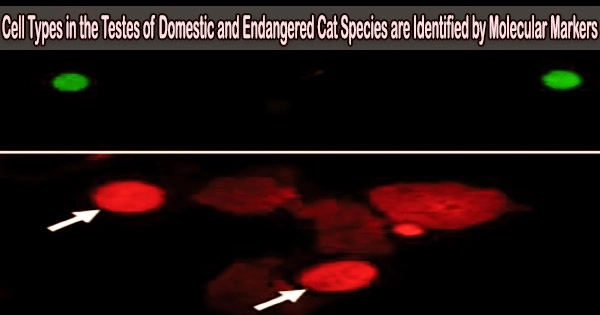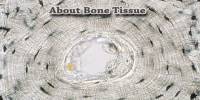The primary stem cell repository for the development of male germ cells is the testis. It is necessary to comprehend this process in order to enable the development of male germ cells “in the test tube.” Because it can be used to maintain and multiply the genetic potential of specimens from which no viable sperm can be produced, this process is becoming more and more significant.
A science team at the Leibniz Institute for Zoo and Wildlife Research (Leibniz-IZW), Berlin, and at the University of Texas at San Antonio, U.S., has now identified molecular markers for the most important cell types in the testes of domestic cats and endangered cat species.
This is the prerequisite to generate male germ cells in the test tube. These findings have been published in the scientific journal Theriogenology Wild.
18 of the 39 cat species that are known to exist in the globe are designated as vulnerable or endangered on the “Red List” of the International Union for the Conservation of Nature (IUCN).
To improve fertility and preserve genetic variety in these species, assisted reproduction techniques are becoming more and more crucial. These techniques include artificial insemination and sperm cryopreservation.
In order to preserve testicular cells from feline species for this process, we have optimized the cryopreservation of testicular cells in domestic cats and wild cat species in a previous study.
Mohammad Bashawat
Stem cells and a large number of immature progenitors of male germ cells can be found in the testicles of male animals that have died or been put to sleep. These might one day develop in vitro into fully functional sperm to perform in vitro spermatogenesis. So far, this has only been completely successful in laboratory mice.
“In order to preserve testicular cells from feline species for this process, we have optimized the cryopreservation of testicular cells in domestic cats and wild cat species in a previous study,” explains Mohammad Bashawat, head of the study and scientist at Leibniz-IZW.
It is crucial to determine whether specific types of testicular cells survived and how they perform during cell culture after thawing. This necessitates the accurate classification of several testicular cell types.
During spermatogenesis, spermatocytes are formed by cell division and differentiation from spermatogonial stem cells, a subset of spermatogonia. Spermatocytes enter meiosis, and the resulting haploid spermatids undergo spermiogenesis, a process during which they mature and transform into functional spermatozoa.
The mature sperm cells are discharged into the lumen of the seminiferous tubules after spermiogenesis is finished. The testes’ Leydig and Sertoli cells are in charge of controlling spermatogenesis and fostering the growth of germ cells.
The team in the current work was successful in utilizing antibodies to characterize the expression of cell type-specific molecules in various feline testicular cells. These molecular markers allow the clear identification of Leydig and Sertoli cells, spermatogonia and advanced germ cell stages up to spermatids in the domestic cat as well as in four other wild feline species.
In order to complete the maturation process in the test tube, these markers can now be employed to evaluate the purity of suspensions following the separation of testicular cells or the composition of frozen-thawed cell suspension for use in cell culture.
















